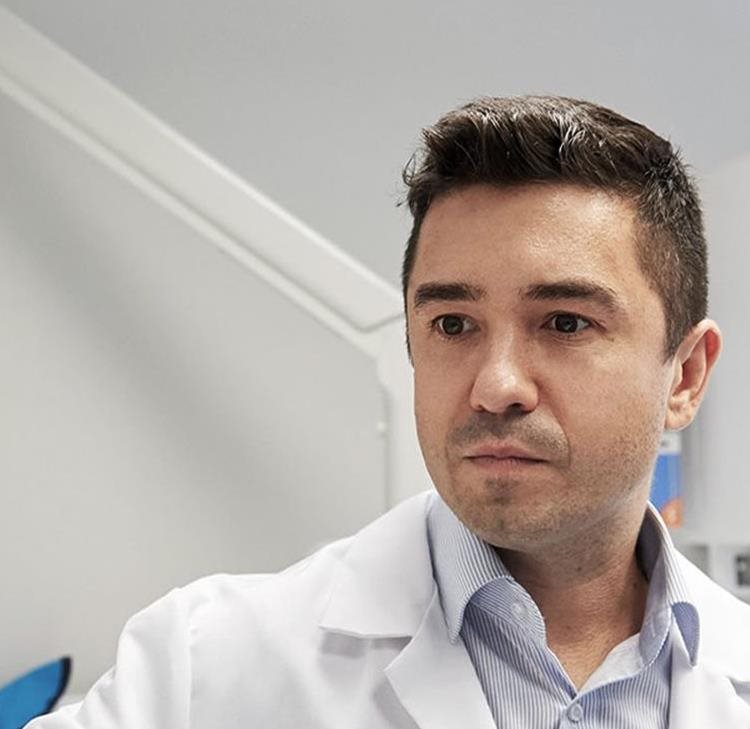The Patient Safety Incident Response Framework – a new era for incident management in the NHS?
On 10 March 2020, NHS England and NHS Improvement published the much awaited introductory Patient Safety Incident Response Framework (PSIRF).
On 10 March 2020, NHS England and NHS Improvement published the much awaited introductory Patient Safety Incident Response Framework (PSIRF). The new framework will be implemented through a phased approach with a number of nationally appointed ‘early adopter’ Trusts and commissioners working to implement it during the course of this year, with wider implementation across the NHS planned in 2021. Until then, all NHS funded organisations, other than the early adopters, should continue to use the Serious Incident Framework (SIF).
As anticipated, the PSIRF sets out significant changes to the approach to be taken by the NHS in response to patient safety incidents. This reflects the fact that the current system, as set out in the SIF, is a reactive and bureaucratic process where opportunities to reduce recurrence of harm are often missed. The new approach is intended to address these shortcomings by refocusing systems, processes and, crucially, behaviours to improve the quality of investigations and deliver a sustained reduction in risk.
So, in summary, what can NHS organisations expect once the PSIRF is implemented by the end of 2021?
Change in approach to incident management
In a marked change to the current system, the new framework sets out a broader, more proactive and risk-based approach. There is no distinction between incidents and ‘serious incidents’. Instead, the PSIRF provides guidance for organisations on how to respond to patient safety incidents, defined as “unintended or unexpected incidents which could have or did lead to harm for one or more patients receiving healthcare”.
Some incidents will qualify for a Patient Safety Incident Investigation (PSII) but it is recognised that there may be other alternative proportionate responses (e.g. case note review; time mapping; ‘being open’ conversations; after action review; audit) as well as some incidents where ‘do not investigate’ or ‘no response required’ will be appropriate.
Under the new framework, each organisation must develop a patient safety incident response plan (PSIRP) (reviewed every two years) setting out how incidents will be identified and investigated. A PSIRP template has been published to assist organisations with this.
Patient Safety Incident Investigations
The selection of incidents to be investigated as PSIIs will be based on the opportunity for learning and need to cover a range of incident outcomes. Organisational leaders will be required to determine which categories of incident are priorities locally and require a PSII. This will be informed by a review of past incident data (from the last three to five years where available) to identify those incidents representing the most significant risks.
In addition, there are a few incident categories for which a PSII is nationally mandated. These are detailed in the PSIRF and include:
- Nationally defined priorities to be referred for PSII or review by external organisations (e.g. maternity and neonatal incidents which meet the ‘Each Baby Counts’ and maternal criteria and which must be referred to Health Service Investigation Branch (HSIB) for a HSIB-led PSII; and child deaths which need to be referred to the local Child Death Overview Panel)
- Nationally defined incidents requiring local PSII (e.g. incidents which meet the Never Events and Learning from Deaths criteria)
- Locally defined incidents requiring local PSII (e.g. emergent incidents which justify a heightened level of response because the consequences are so significant and potential for learning so great).
It is also recognised that there may be a need to initiate PSIIs for incidents which signify an unexpected level or risk and/or potential for learning and improvement but which fall outside the predetermined national and local priorities and that there are certain types of incident which trigger specific responses described in other guidance or legislation, for example, under the Leaning from Deaths Guidance.
Changes to methodology and timeframes
PSIIs must be conducted according to national PSII standards. Compliance with these standards, which include the need for appropriately trained and resourced investigators, is mandatory and where compliance is not possible, organisations must have plans to develop capacity and capability.
In terms of methodology for PSIIs, there is a clear focus on the need for quality. The controversial Root Cause Analysis (RCA) and ‘5 Whys’ methodologies often used under the SIF are to be scrapped. Instead, trained investigators with experience in PSII,who are afforded dedicated time and resource, will use a ‘systems-based PSII’ methodology to identify contributory, human and causal factors as well as system strengths.
Equally important is the need to ensure that patients, families, carers and relevant staff are involved and appropriately supported through the process. There is a renewed focus on ‘just culture’ and ensuring that the system is designed for system learning and continuous improvement in patient safety rather and not for any other purposes such as individual performance management (which requires HR review), retrospective assessment of ‘avoidability’ or liability (to be investigated by claims or legal teams) or determining cause of death (which requires coronial investigation).
The current prescribed timeframe of 60 days for completion of a Serious Incident Investigation under the SIF will no longer apply. Instead, the PSIRF provides for more flexible timeframes for PSIIs. Timeframes for individual PSIIs are to be agreed in consultation with the patient and/or family, although it is suggested that investigations should average three months and never exceed six months.
Governance
In terms of Governance, the PSIRF places the responsibility for the sign-off of provider led PSIIs with the board(s)/leaders of the organisation involved. Providers should agree the PSIRPs with their lead commissioners, who will assure effective application of local PSIRPs and PSII standards. In this respect, there is a move away from measuring incident numbers (unless these are worryingly low) towards analysis of data sources that provide intelligence about systems and processes for incident management e.g. NHS staff survey data and feedback from staff, patients and families.
Conclusion
The PSIRF heralds a new era for the management of incidents in the NHS. Achieving cultural change will be key to the success of this with the need for organisations to establish behaviours of an ‘effective and compassionate patient safety reporting, learning and improvement system’ underpinned by openness and transparency, just culture and continuous learning and improvement.
As the early adopters start to implement the PSIRF during the course of this year, all other NHS funded providers and commissioners are to continue to use the SIF. However, from April 2020, NHS Trusts and commissioners must appoint an appropriate executive lead to support and oversee preparations for implementation of the PSIRF by late 2021 and there is clearly an expectation that organisations familiarise themselves with the new approach set out in the PSIRF to facilitate the transition to the new framework next year.
Until then, the feedback and advice from the early adopters and which will be vital to ensure the successful implementation of the PSIRF across the NHS, will be eagerly awaited.
Contact

Amelia Newbold
Risk Management Lead
Amelia.Newbold@brownejacobson.com
+44 (0)115 908 4856








































